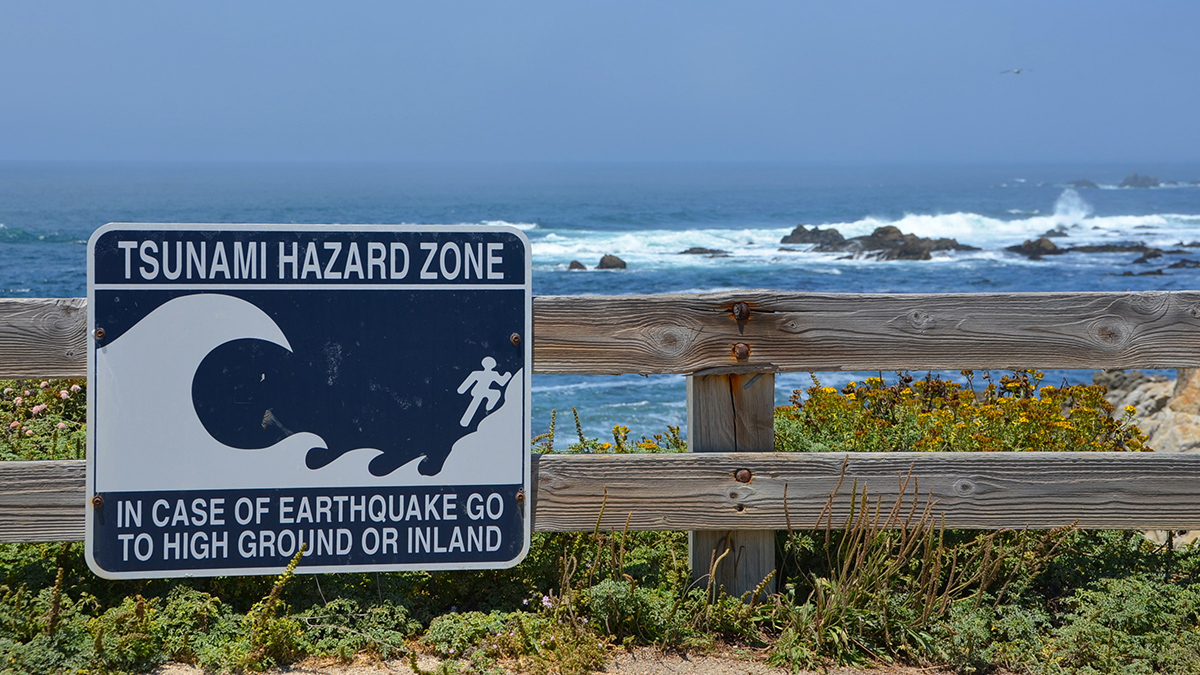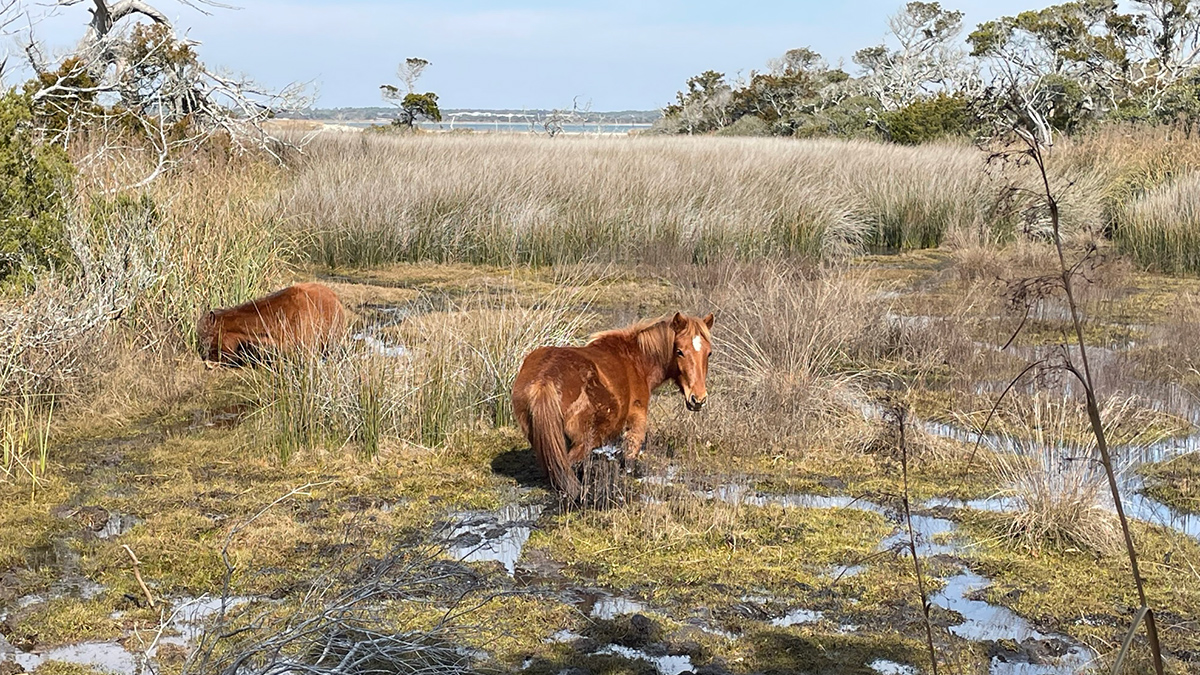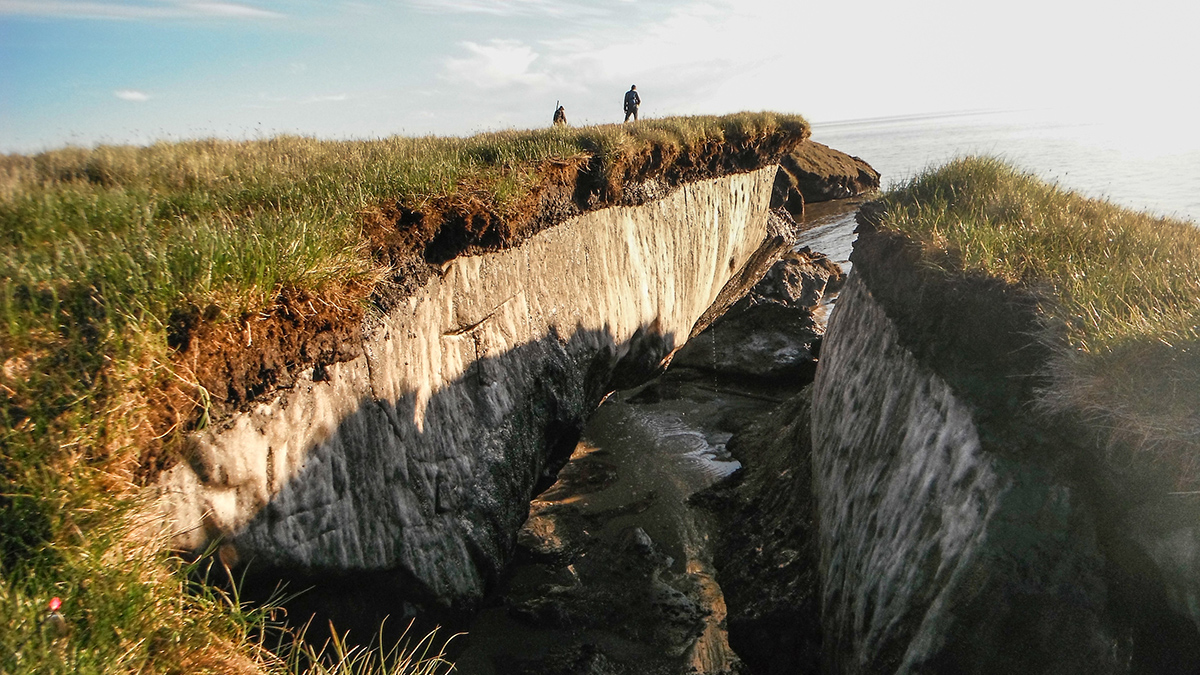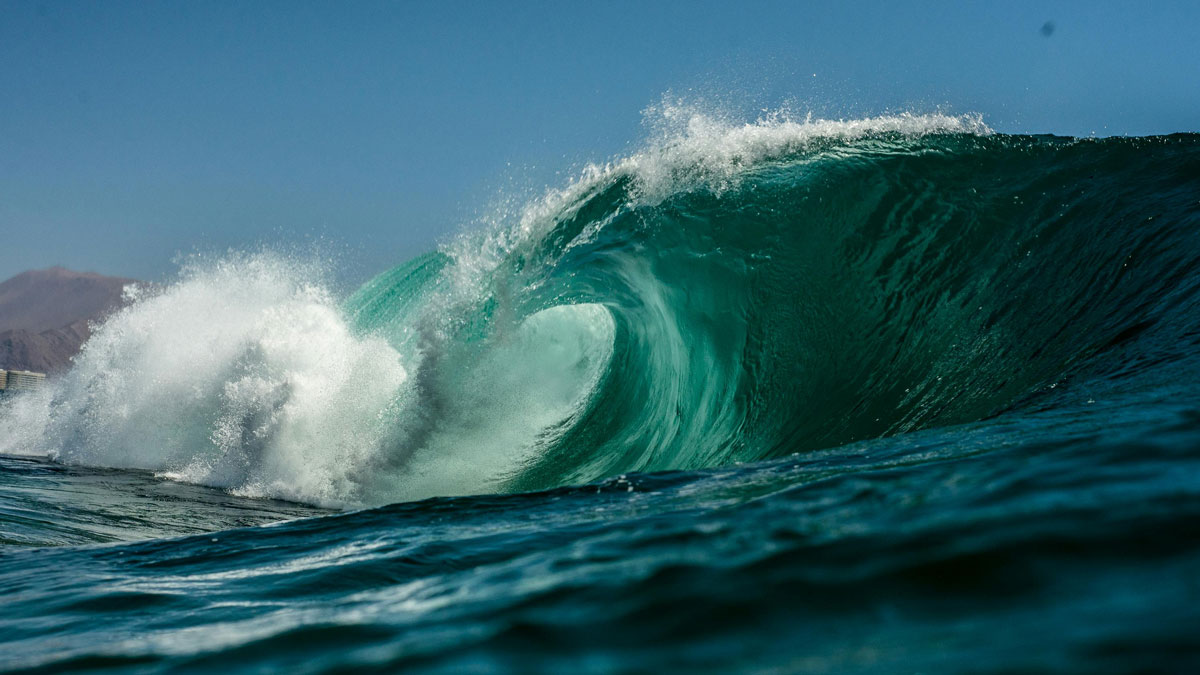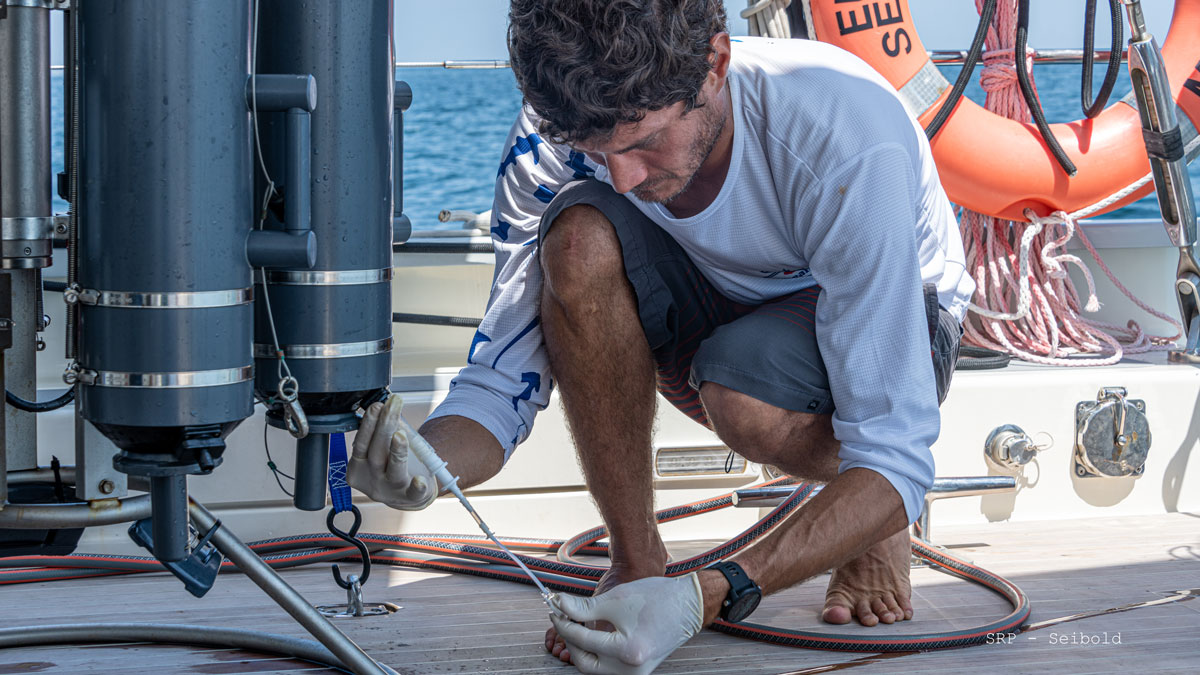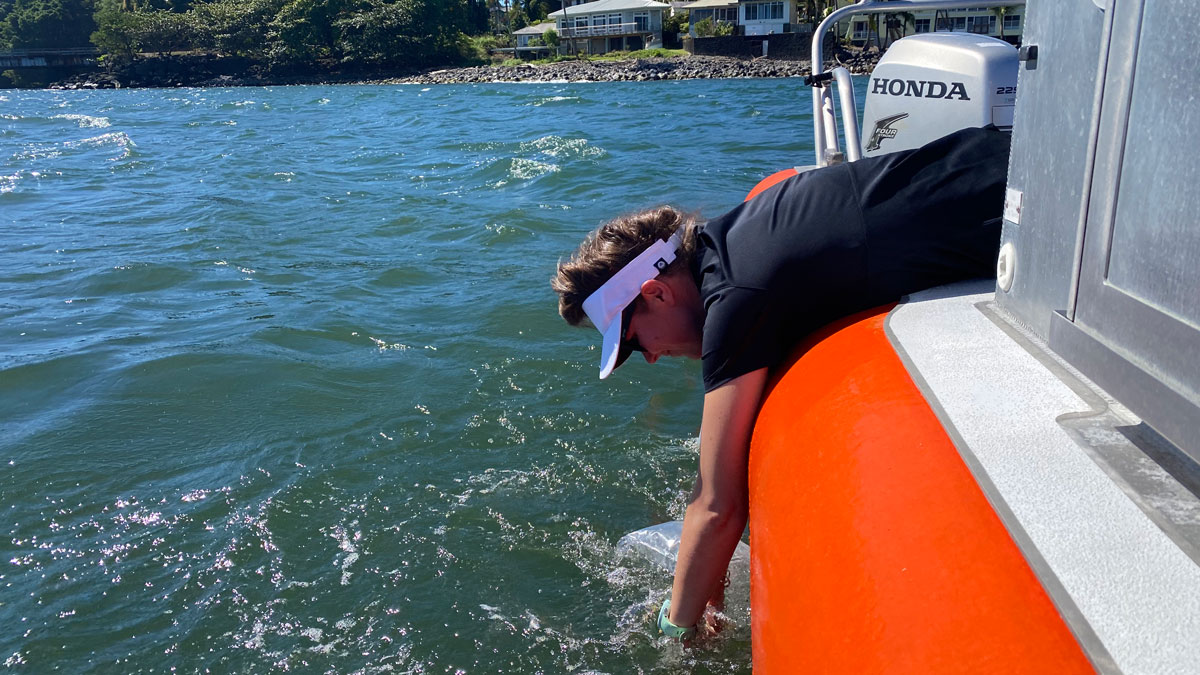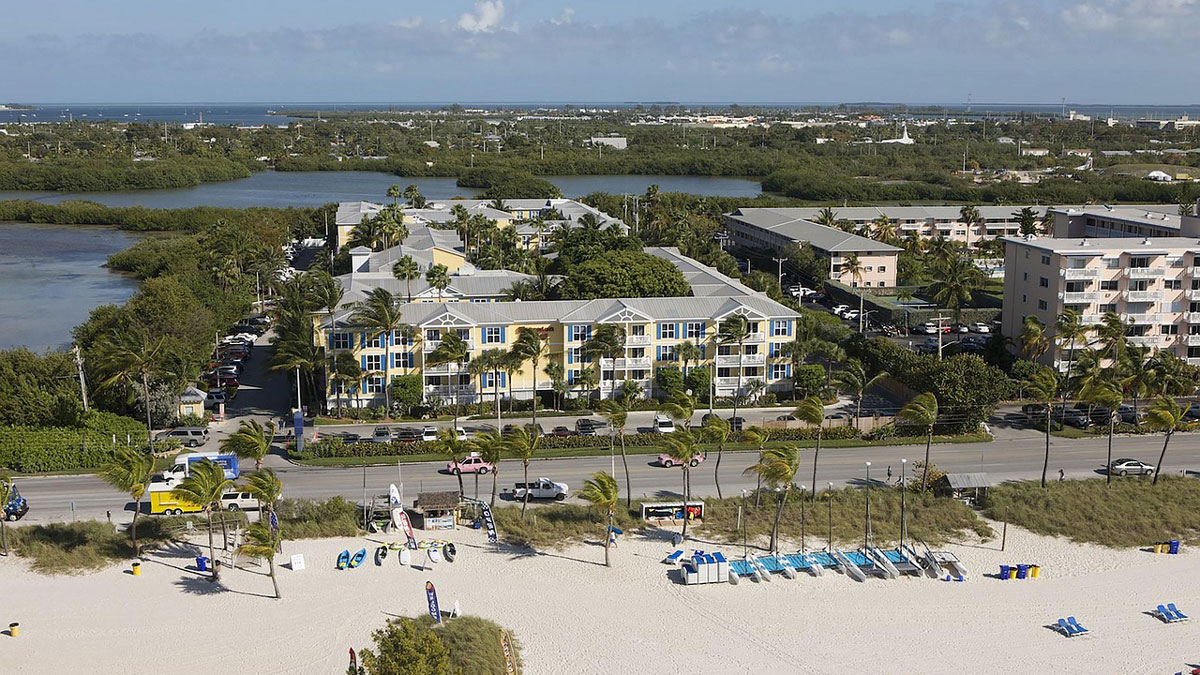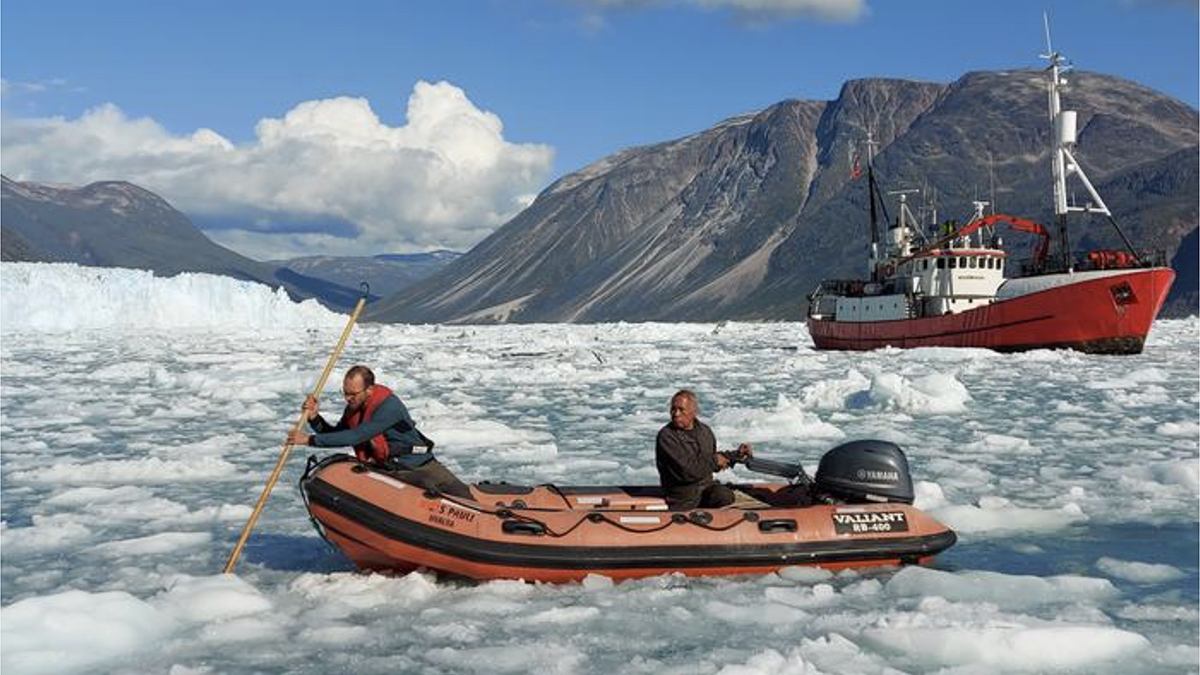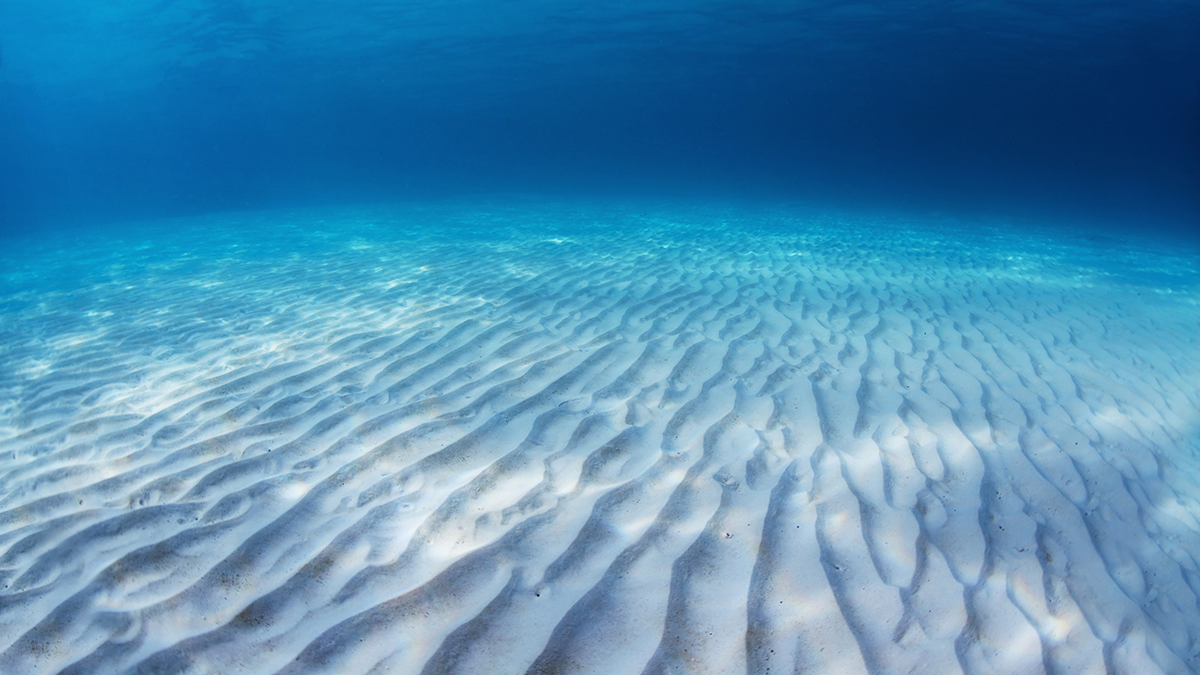It’s time to redefine the term so it more clearly conveys meaningful risks to coastal communities and prompts them to act when needed.
beaches, coasts, & shorelines
What Salty Water Means for Wild Horses
New research monitors how saltwater intrusion is affecting the behaviors of Shackleford Banks’s wild horses.
Echoes From the Past: How Land Reclamation Slowly Modifies Coastal Environments
Reclamation of tide-influenced areas has a large impact on coastal environments through gradual modification of tidal dynamics, erosion, and siltation.
Lab Setup Mimics Arctic Erosion
The new methodology gave researchers valuable insights into why Arctic shorelines are crumbling.
Scientists Tune In to the Ocean’s Sound Waves
A new technique detects inaudible acoustic signals from crashing waves, opening up possibilities for monitoring sea and atmospheric conditions from shore.
Panama’s Coastal Waters Missed Their Annual Cooldown This Year
The unprecedented failure of tropical upwelling will likely affect the country’s fisheries. Scientists aren’t certain whether it will happen again next year.
Pinpointing Sewage Seeps in Hawaii
Cesspools and septic systems, as well as coastal development, put Hawaiian coastal waters at risk of contamination.
Shallow Injection Imperfectly Filters Florida Wastewater
Injection of wastewater into shallow wells is meant to filter nutrients like nitrogen and phosphorus out of the wastewater. But a new study suggests that nutrients aren’t entirely eliminated—and may be polluting coastal waters.
A Fiber-Optic Cable Eavesdrops on a Calving Glacier
A glass thread strung along the bottom of a fjord captured the entire process of calving, from the cracking of ice to the breakup of bergs.
A First Look at How Sand Behaves Inside a Rippled Bed
A detailed numerical model shows how sediment particles experience wave-driven shear stress inside and above a sea bed with sand ripples.

